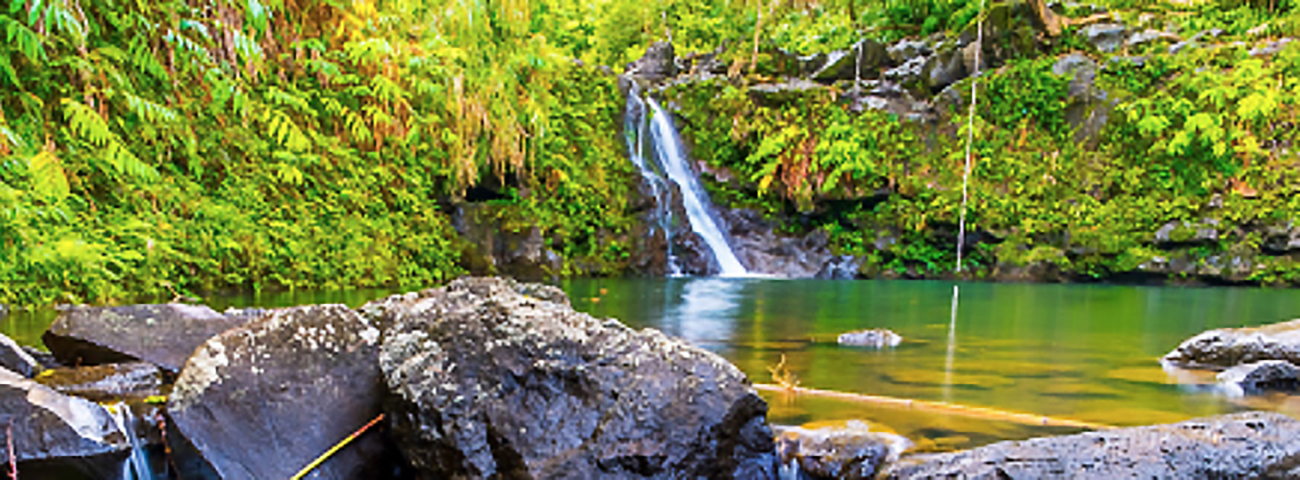
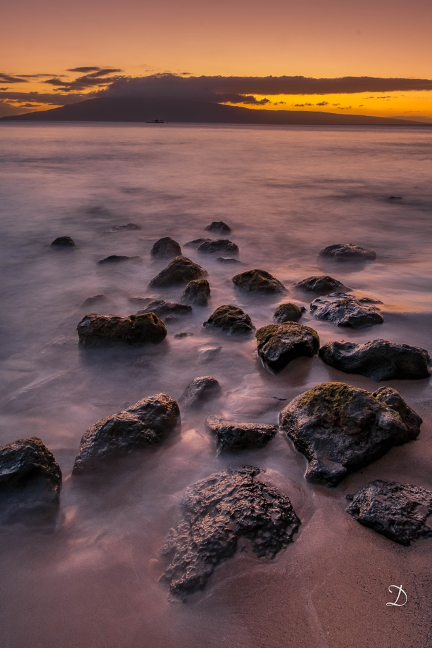 Unlike many other photographers, I am not always able to plan my photo opportunities in detail. I, of course, have a general idea, such as I want to capture a sunset while there, but other travel considerations mean I am not always able to plan extensively for a specific image. I needed a camera system that could be packed easily and deployed quickly.
Unlike many other photographers, I am not always able to plan my photo opportunities in detail. I, of course, have a general idea, such as I want to capture a sunset while there, but other travel considerations mean I am not always able to plan extensively for a specific image. I needed a camera system that could be packed easily and deployed quickly.
I began by carrying a Canon T2i and two lens when I traveled. The kit was a bit bulky but not heavy. Then, in search of ever greater quality, I transitioned to a full-frame Canon 6D, along with L series lenses 24-70mm ƒ2.8, and 70-300 mm ƒ4 – 5.6. However, the new system became extremely heavy for casual travel photography. The heavier body and lenses required stronger tripods. Carrying all this gear required a bigger and bulkier bag, an escalation in size and weight that made it progressively frustrating to simply go out and shoot.
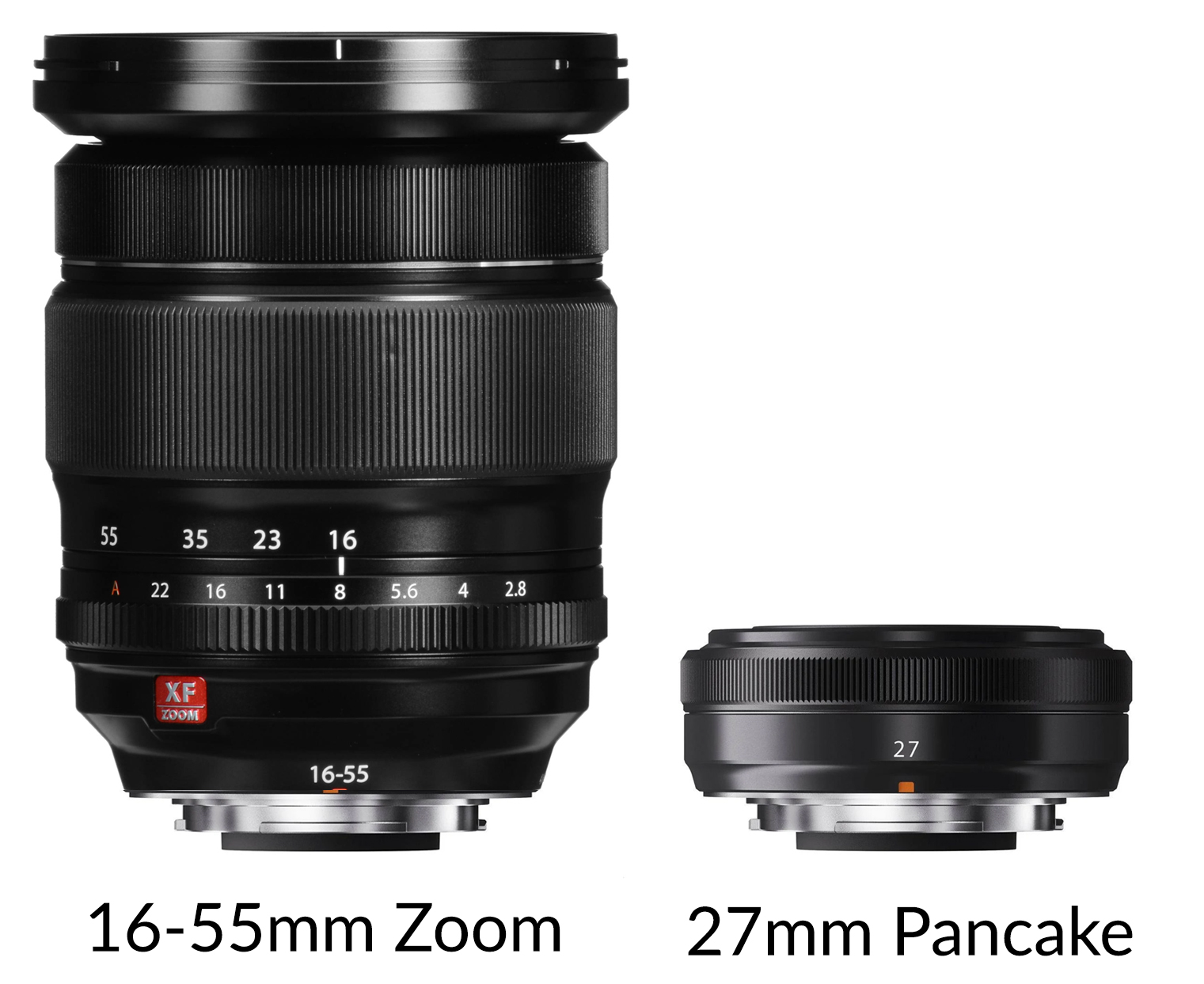 With all these challenges, I continued my search for a camera system that provided both top quality images and mobility. My intention was to carry one camera with one simple lens on most of my travels. I opted for a Fuji XT-2 with a Fuji 27mm F 2.8 pancake lens, a lens that is only an inch long in size. Both camera and lens can be carried in any jacket pocket. Just draw, shoot, and holster it before the moment goes away. I took this configuration with me to Europe in 2018, and it worked well for my purpose. Since then, I have procured three additional lenses, 35 mm ƒ2.0, 16-55 ƒ2.8, and 14 mm ƒ2.0. However, when I carry my camera, I am still making a habit of carrying only one lens to keep my photography clutter free. I am calling it the “one lens exercise.”
With all these challenges, I continued my search for a camera system that provided both top quality images and mobility. My intention was to carry one camera with one simple lens on most of my travels. I opted for a Fuji XT-2 with a Fuji 27mm F 2.8 pancake lens, a lens that is only an inch long in size. Both camera and lens can be carried in any jacket pocket. Just draw, shoot, and holster it before the moment goes away. I took this configuration with me to Europe in 2018, and it worked well for my purpose. Since then, I have procured three additional lenses, 35 mm ƒ2.0, 16-55 ƒ2.8, and 14 mm ƒ2.0. However, when I carry my camera, I am still making a habit of carrying only one lens to keep my photography clutter free. I am calling it the “one lens exercise.”
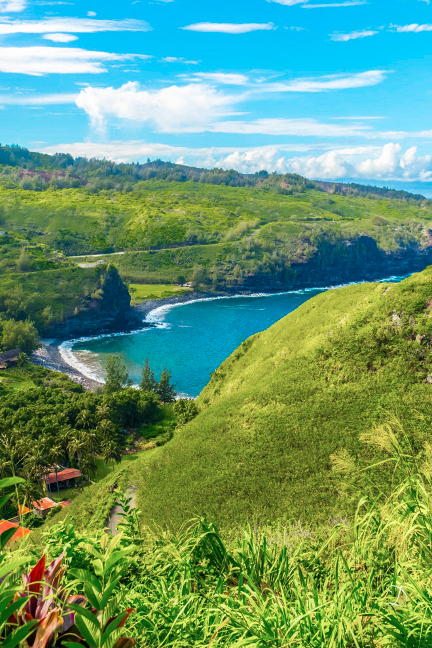 Also consider that while quality cameras produce great results, you can not deny that phone cameras have made great strides in their quality and features. This has reduced the need of carrying a separate camera on all my trips, to the point I was not very keen on taking any camera gear on my recent family vacation to Hawaii. While I was debating, I asked a friend, Chuck Davis, for his input and he replied, “Hawaii is a beautiful place, and you should capture it properly.” It was settled. I decided again on a “one lens exercise,” taking the 16-55 ƒ2.8, along with the camera and a tripod to capture the islands. While the XT-2 is not heavy, the lens is heavy and bulky, but even with the addition of a couple filters, tripod and flash, I feel this is perhaps one of the lightest and most mobile configurations I can travel with.
Also consider that while quality cameras produce great results, you can not deny that phone cameras have made great strides in their quality and features. This has reduced the need of carrying a separate camera on all my trips, to the point I was not very keen on taking any camera gear on my recent family vacation to Hawaii. While I was debating, I asked a friend, Chuck Davis, for his input and he replied, “Hawaii is a beautiful place, and you should capture it properly.” It was settled. I decided again on a “one lens exercise,” taking the 16-55 ƒ2.8, along with the camera and a tripod to capture the islands. While the XT-2 is not heavy, the lens is heavy and bulky, but even with the addition of a couple filters, tripod and flash, I feel this is perhaps one of the lightest and most mobile configurations I can travel with.
Mobility is, of course, the top goal of my one-lens philosophy. During the same Hawaii trip, I thought of capturing a sunset. I drove to a beach, but once reached I realized that the setting sun was blocked by a massive land mass on one side. Quickly, I jumped back into the car and started driving. I reached the next beach at twilight, which was bright enough for me to capture a few beautiful images. Having a lighter, smaller system, allowed me to move faster, make the needed adjustments to the camera and capture the moment.
I also took many landscape pictures while driving around the island. Each of the spots where I stopped for pictures deserved more time than I spent capturing them. Each location would look different and mesmerizing at different times of the day, but I am content with what I was able to capture. My “one lens exercise” has produced satisfactory results.
- Always carry a camera. Phone cameras are now readily available, so this is redundant.
- Keep your kit light. The easier it is to carry, the more use it will have.
- Keep it easy to use. Keep your gears simple. Keep it clutter free. When I put my hand in the bag, I should find what I am seeking.
- Light changes rapidly. Be flexible in your ideas, adapt quickly.
- Don’t be greedy. Enjoy capturing what you see.
- Finally, be nice to your family. It does not matter if you have an award-winning image if your family had a bad experience capturing it.
Photographer: Devang Thakore
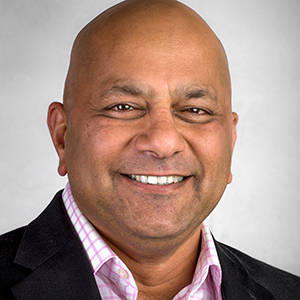 Devang often refers to his photography style as “accidental photographer” capturing the images and moments by accident; by being at the place, at that date and time, merely as dictated by his travels. An experienced photographer, he is a past Photographic Society of Northwest Arkansas Executive Officer.
Devang often refers to his photography style as “accidental photographer” capturing the images and moments by accident; by being at the place, at that date and time, merely as dictated by his travels. An experienced photographer, he is a past Photographic Society of Northwest Arkansas Executive Officer.
More PSNWA Classes Online
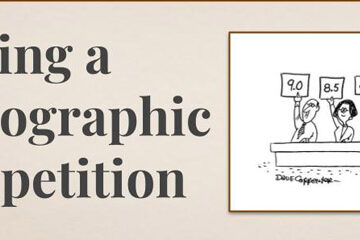
PSNWA Competition Judging
Looking for a quick refresher on judging a PSNWA Photography Competition, or interested in the judging process? Check out our…
Read more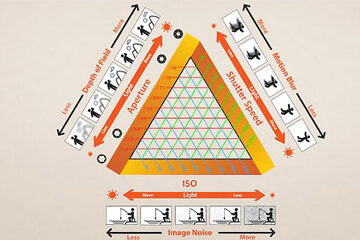
The Exposure Triangle
The Exposure Triangle is at the foundation of photography. More than just a representation of aperture, shutter speed, and ISO,…
Read more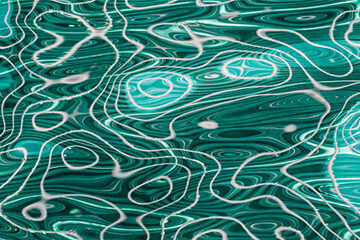
Greg Holden
Abstracts are one of, Colorado Photographer, Greg Holden’s favorite things to photograph and he views it as an exercise in…
Read more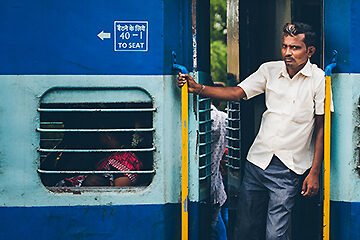
Travel Photography
Northwest Arkansas commercial photographer, Stephen Ironside talks about ways he captures dynamic images while traveling the world. From tips on…
Read more
